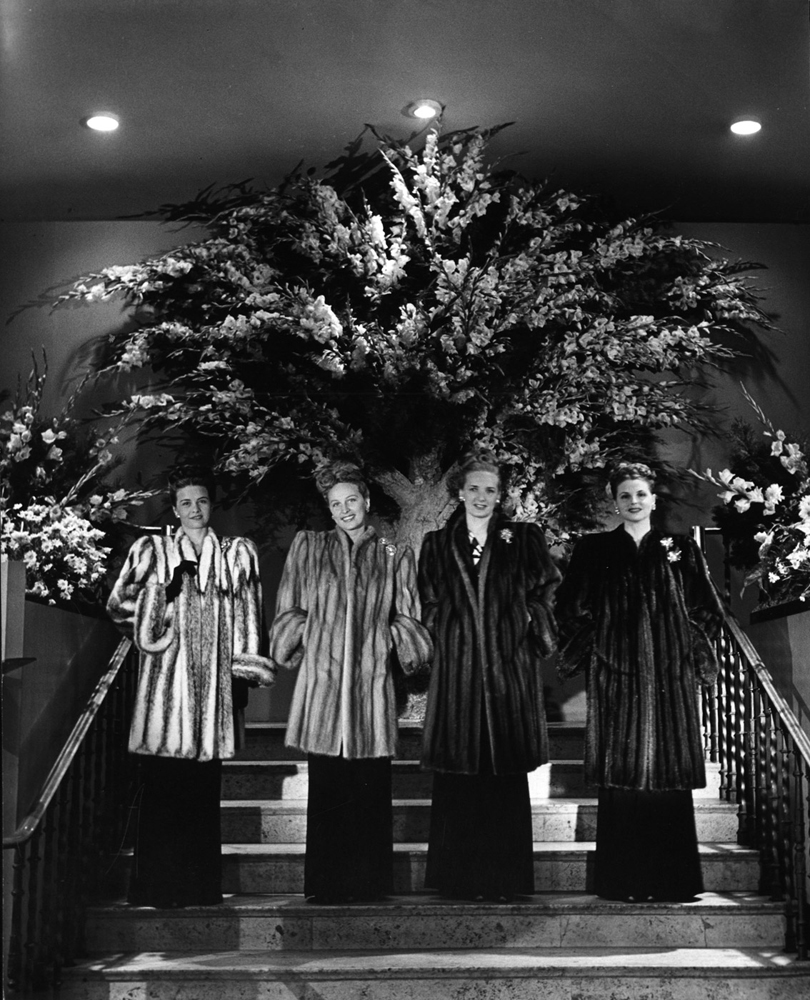
The store that was born on the corner of Ervay and Main Streets in Dallas has become, like most other things from Texas, larger than life. When Neiman Marcus was founded as a purveyor of luxury womenswear and goods in 1907 by department store buyer Herbert Marcus and his sister and brother-in-law, Carrie and A.L. Neiman, it was a gamble on an untapped market. Though Dallas has a ritzy-ditzy urban cowboy reputation now, it was more of a down-home midwestern town when doors opened to the public on Sept. 10 of that year.
The gamble paid off—wealthy oil wives and society matrons quickly raided the racks of Neiman Marcus’ collection of on-trend finery, thankful for a fashionable outpost. Shoppers bought out its entire first inventory, earning the store $3,000 in its first year. By 1944, one year before these photos were taken for LIFE, it made $398,000.
Neiman Marcus helped turn Dallas into a new, off-center fashion metropolis. Its exclusive, personalized style earned it widespread recognition. In LIFE’s September 3, 1945, edition, the in-store shopping experience was characterized as such: “The store’s executives regularly roam through the departments, giving advice on some of the graver problems of fashion and sometimes sternly censoring salesgirls’ suggestions. They have been known to stop a $1,000 sale because they though the article bought was unsuited to the customer who wanted to buy it.”
Today, Neiman Marcus is equally as refined, but the store has grown much bigger than its Lone Star-State britches. Its 43 locations in 20 states and the District of Columbia are only outdone by the annual Christmas catalogue. Released every year since 1939, it stirs up a mini dust storm of awe and incredulousness each year with its list of outrageous (in price and concept) gifts, most of which are not sold in-store. The 2012 catalogue suggested a $99,000 Jetpack, a $150,000 tailgating wagon, and a $30,000 Broadway walk-on role during production of “Annie,” among others.
Most holiday shoppers won’t spend $30,000 on all gifts, let alone on one experience. Still, the hoopla only adds to Neiman Marcus’ century-old charm that spans decades of high-octane glamour. LIFE’s previously unpublished photographs capture an immediately postwar society decked out in sable neckpieces, birdcage veiled hats, and designer umbrellas. The attractive salesgirls and customized attention proved that fashion had a chance outside New York and Los Angeles any time of year.
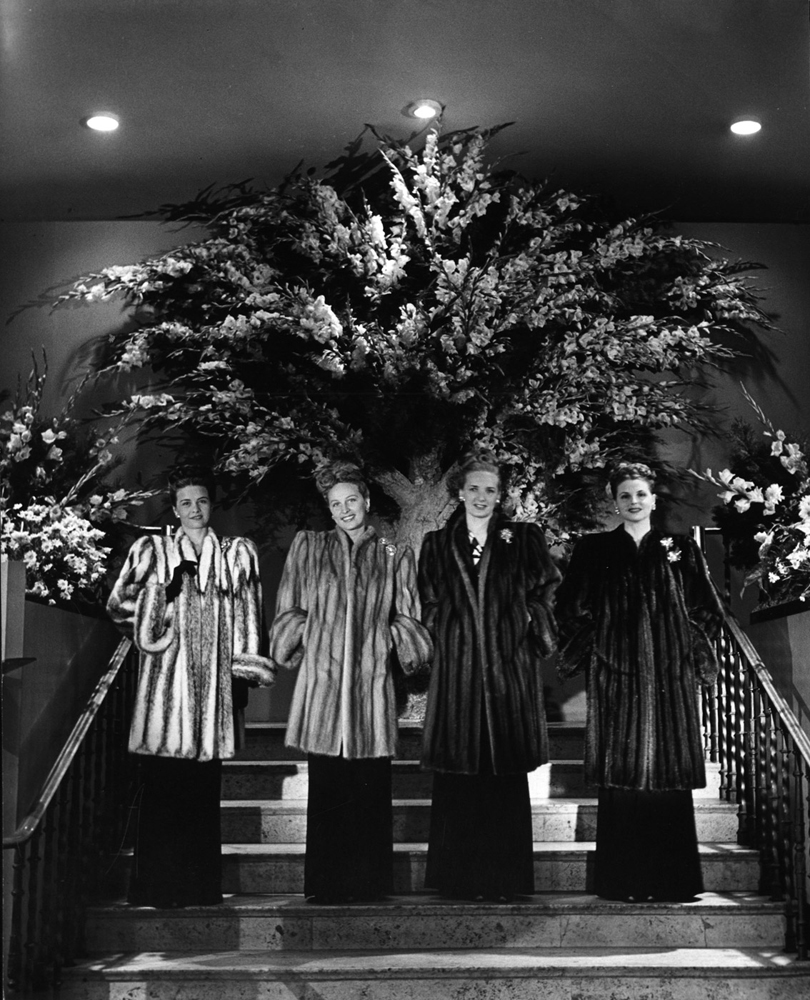
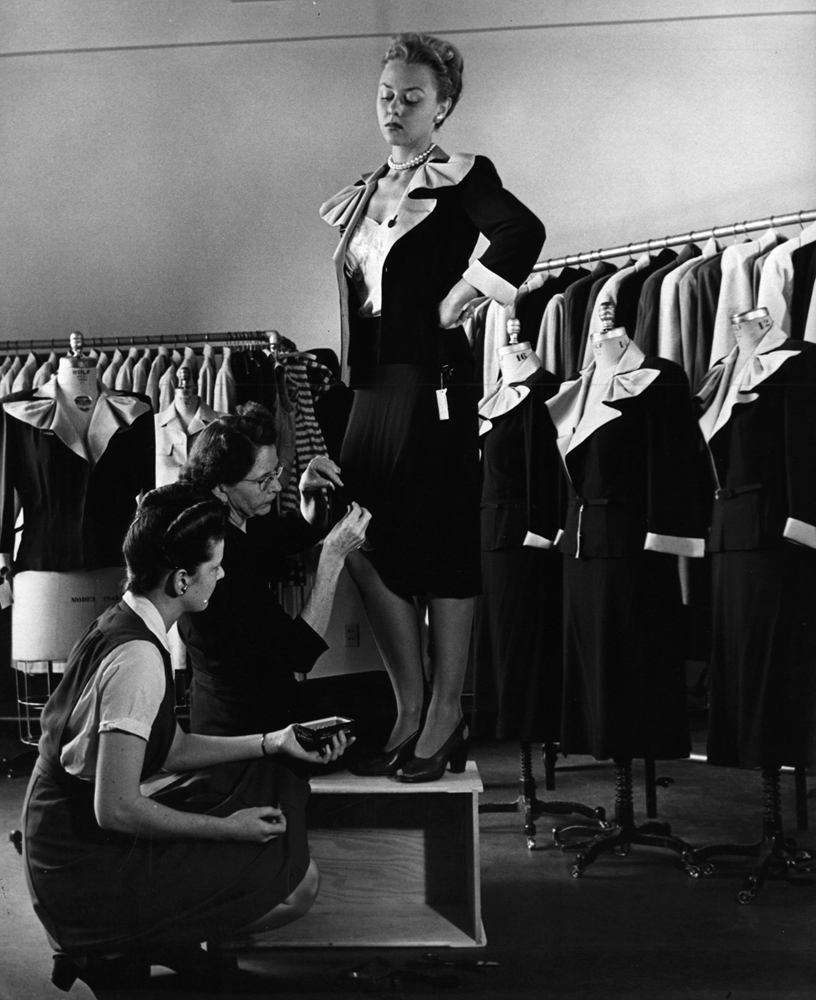
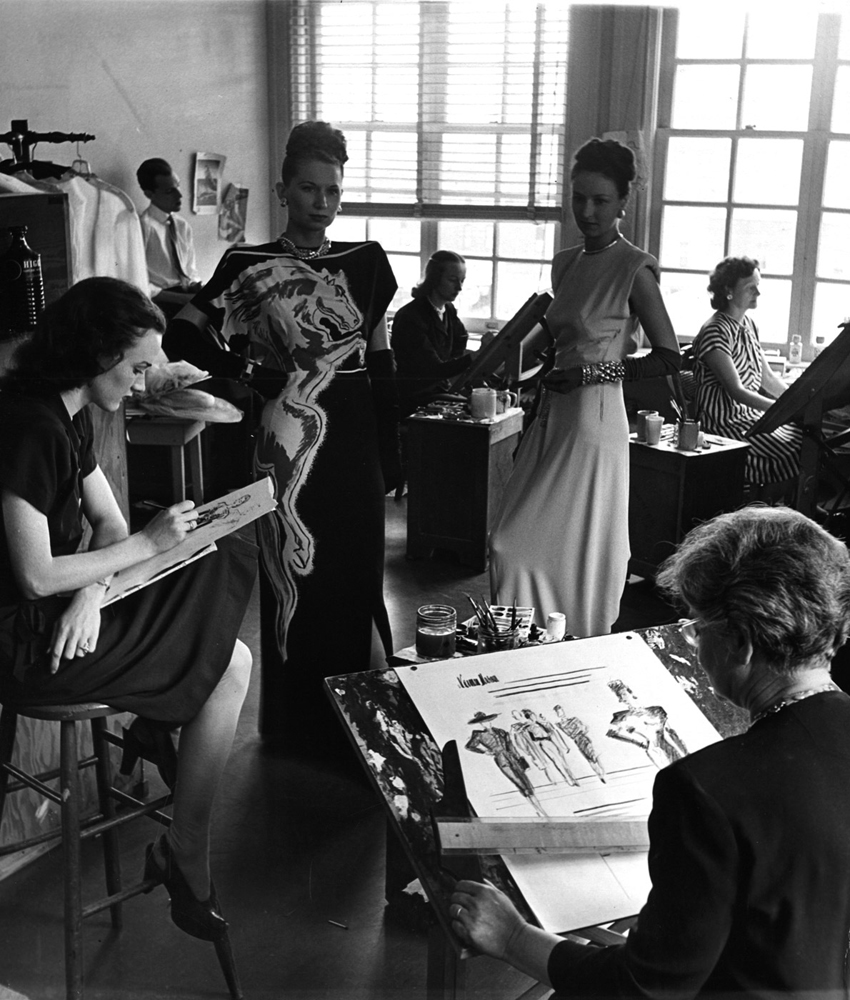
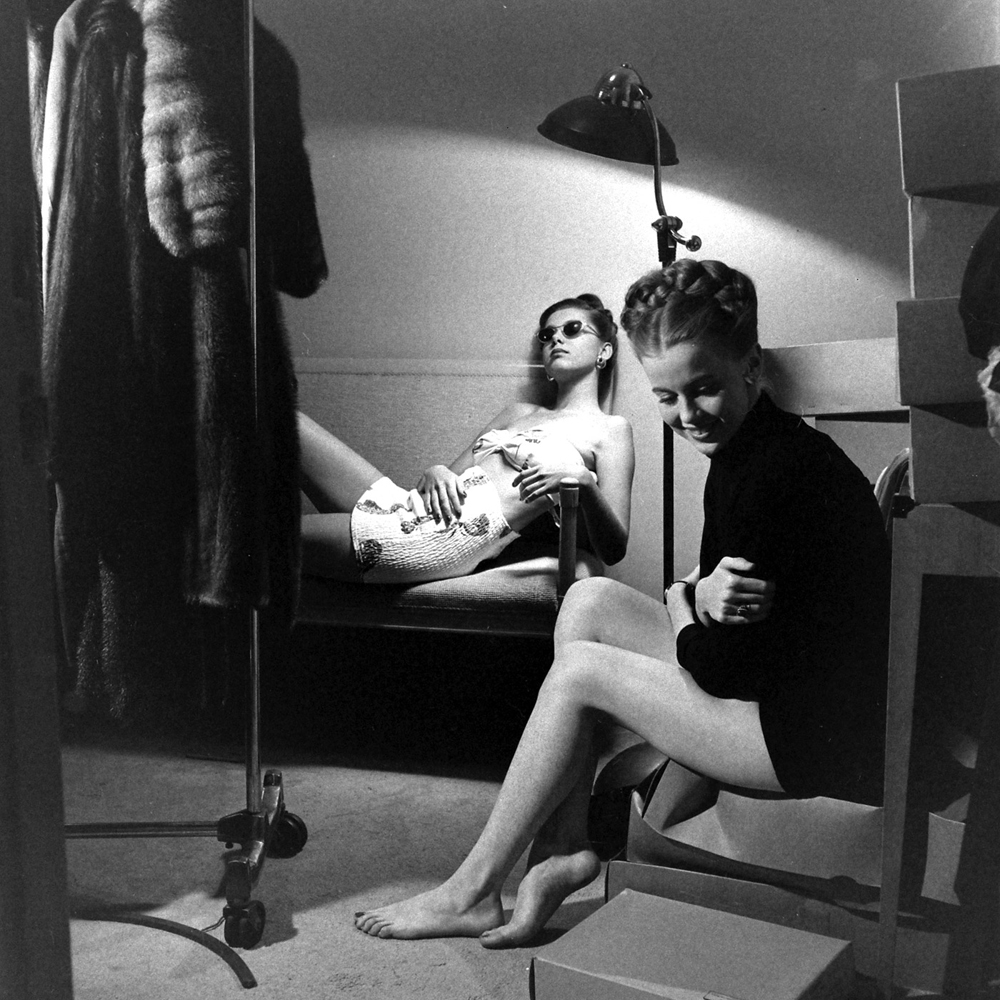
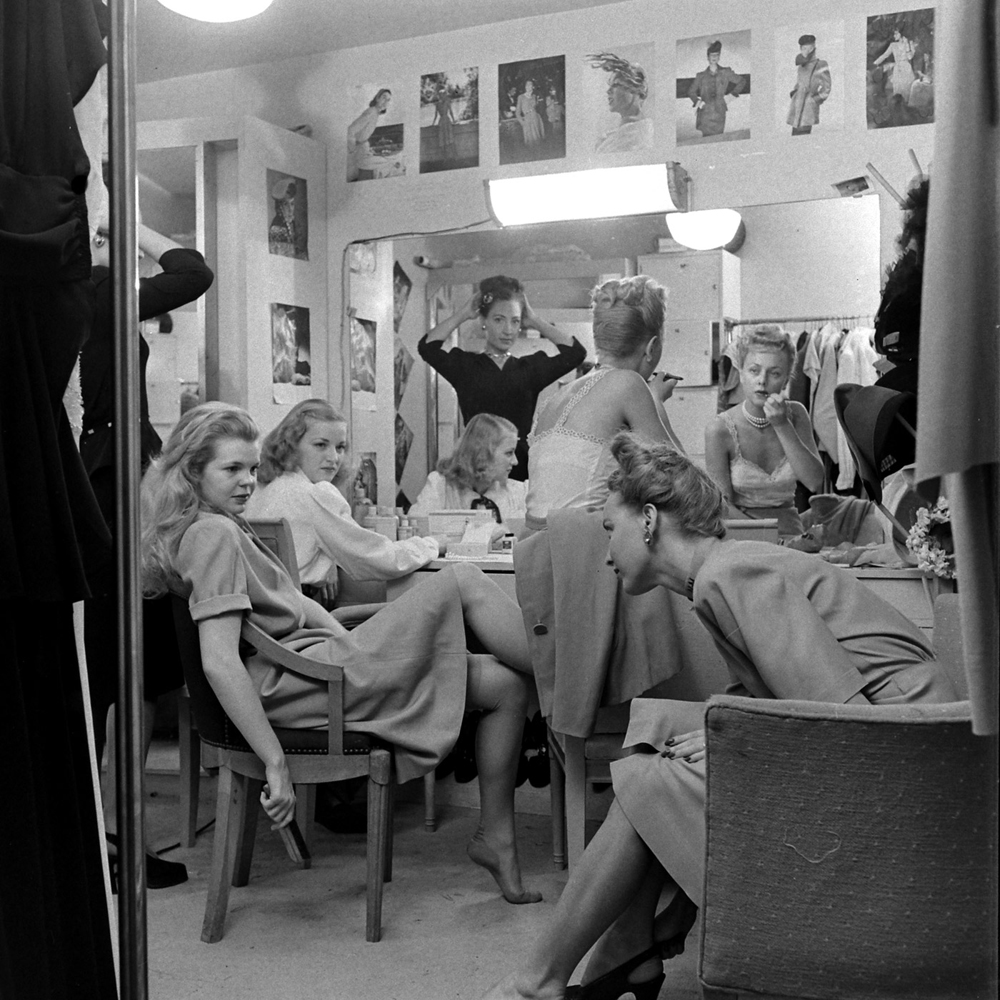

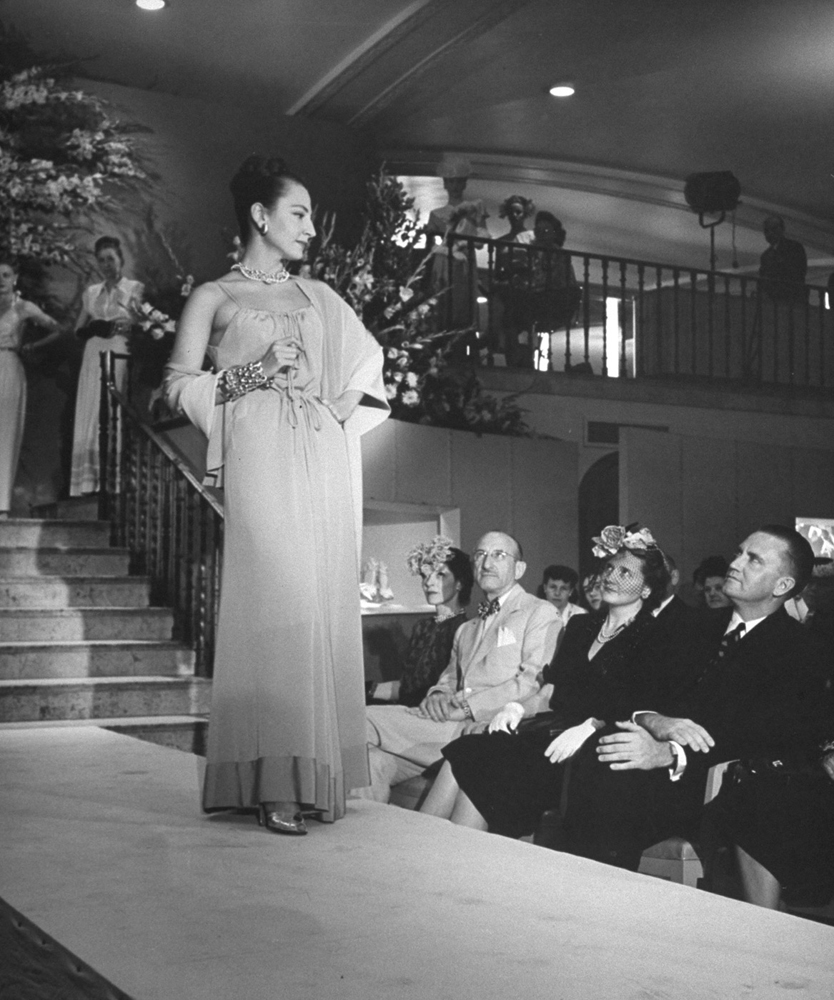
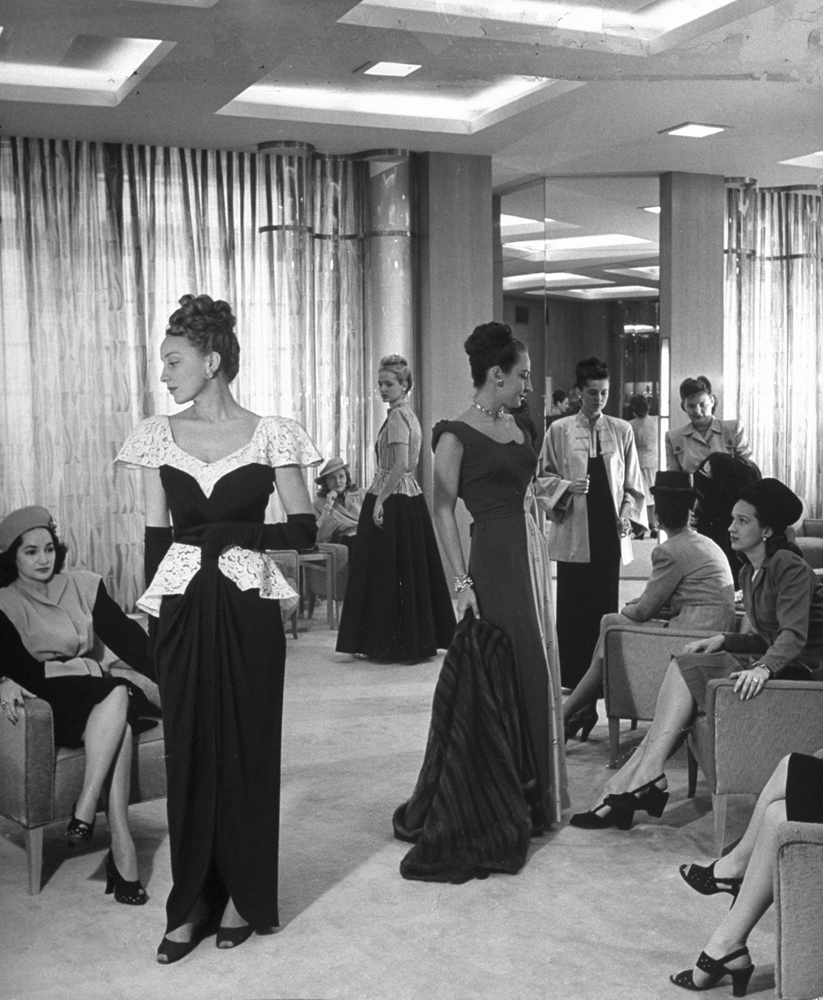
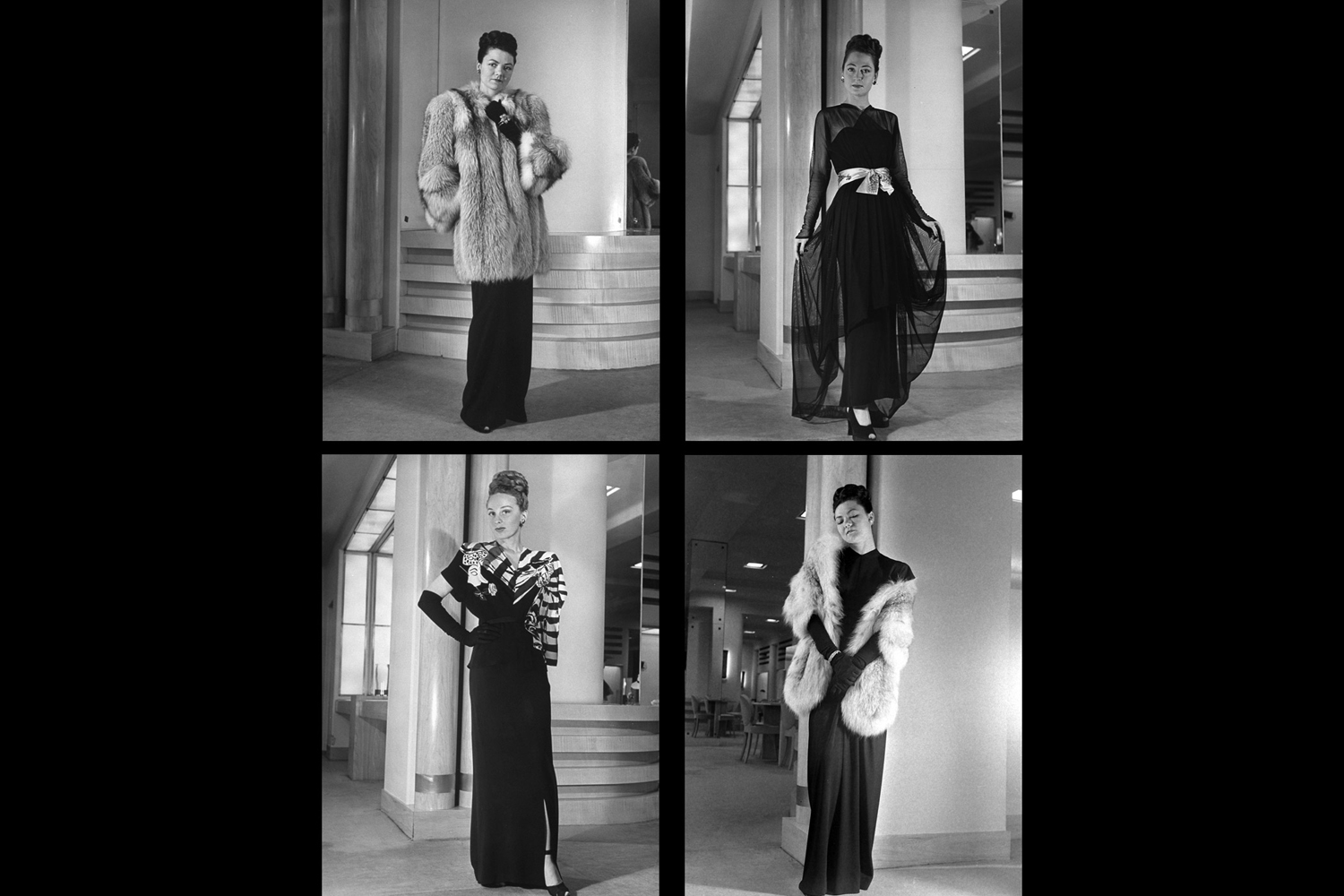
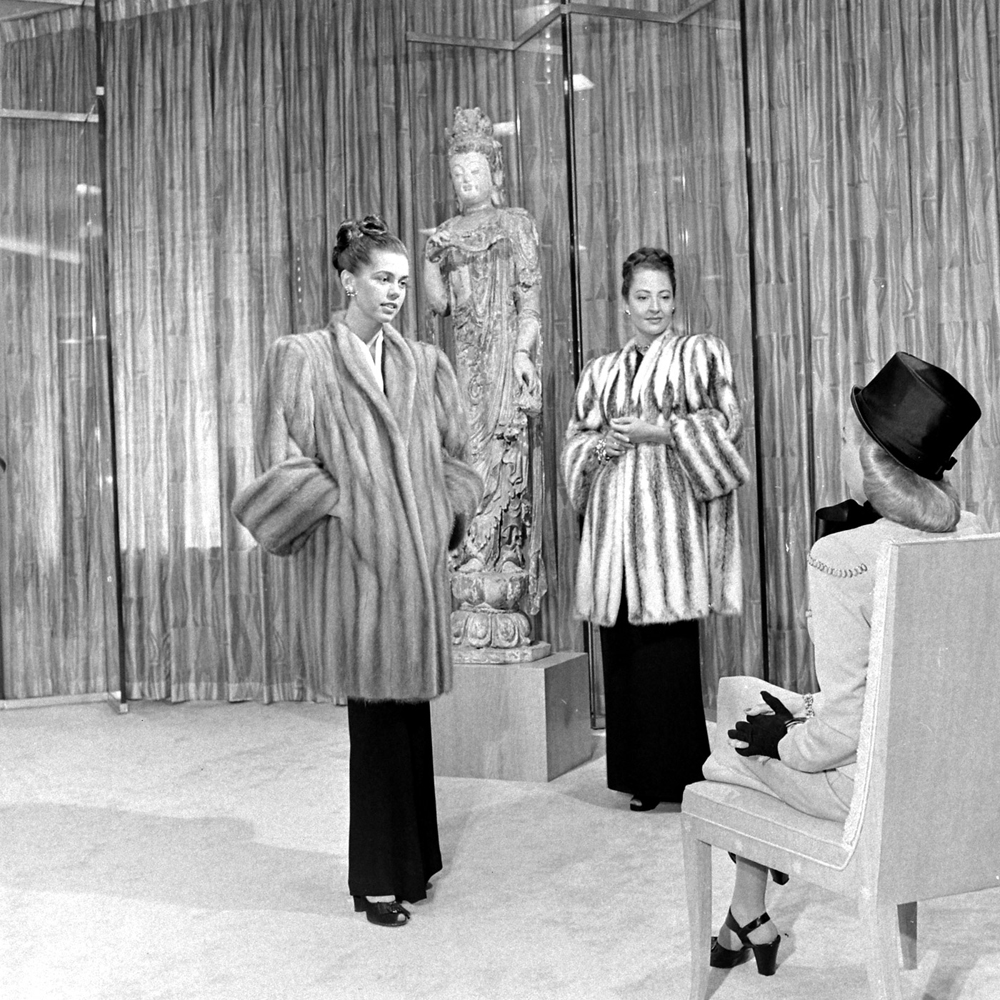
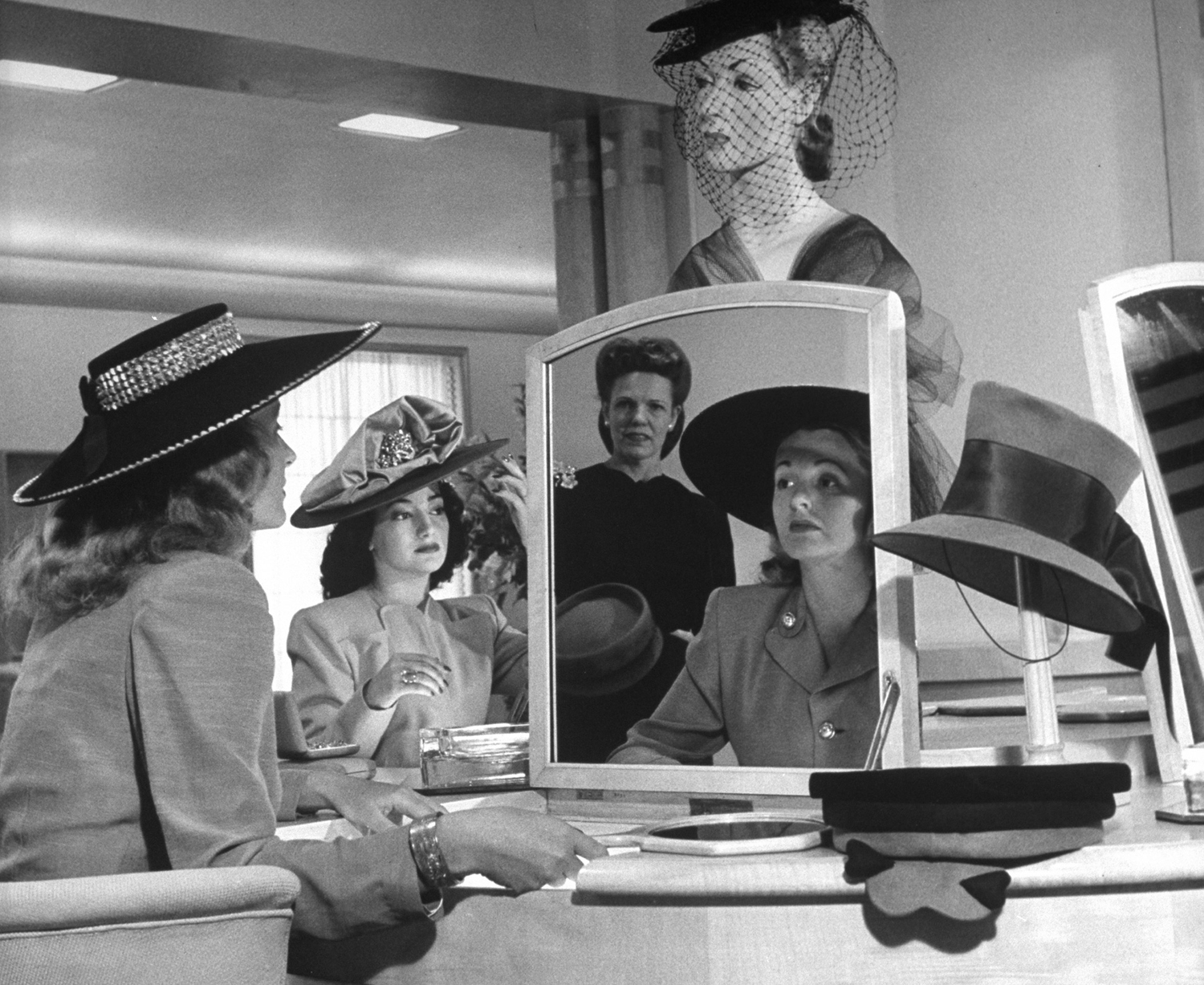
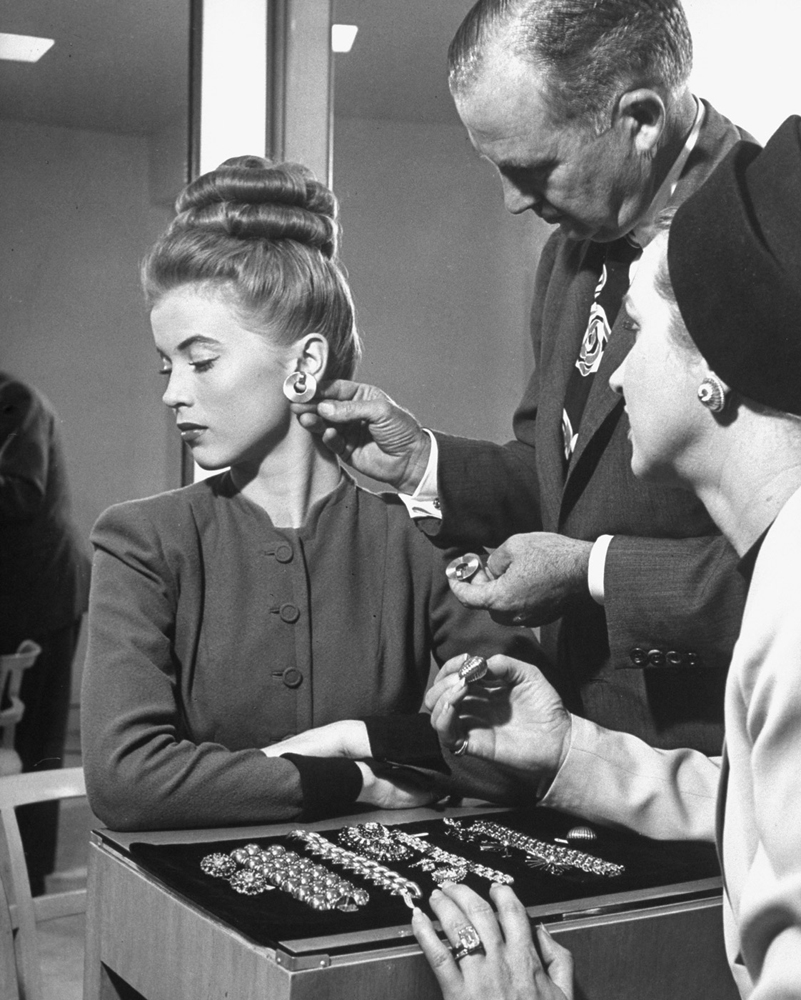


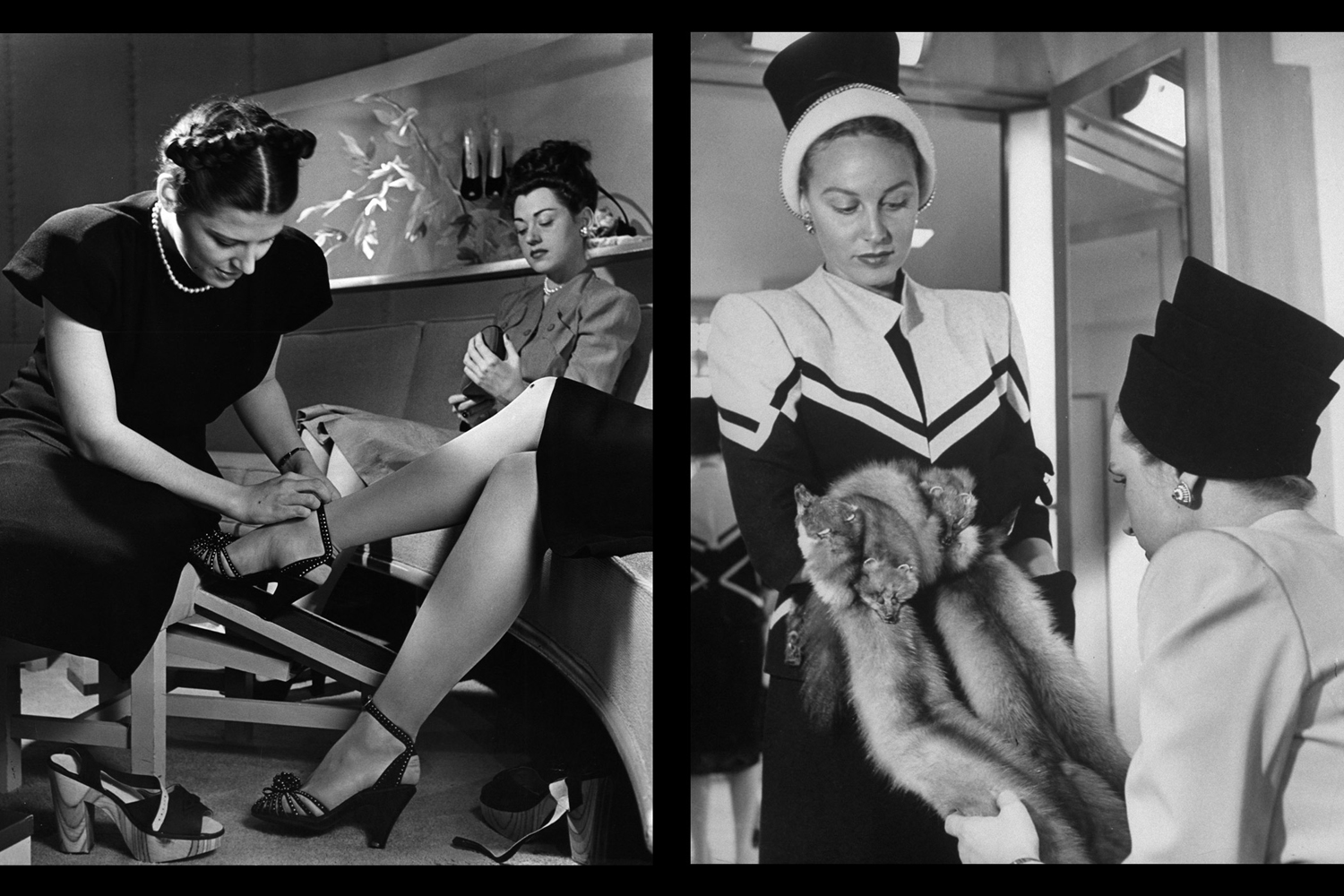

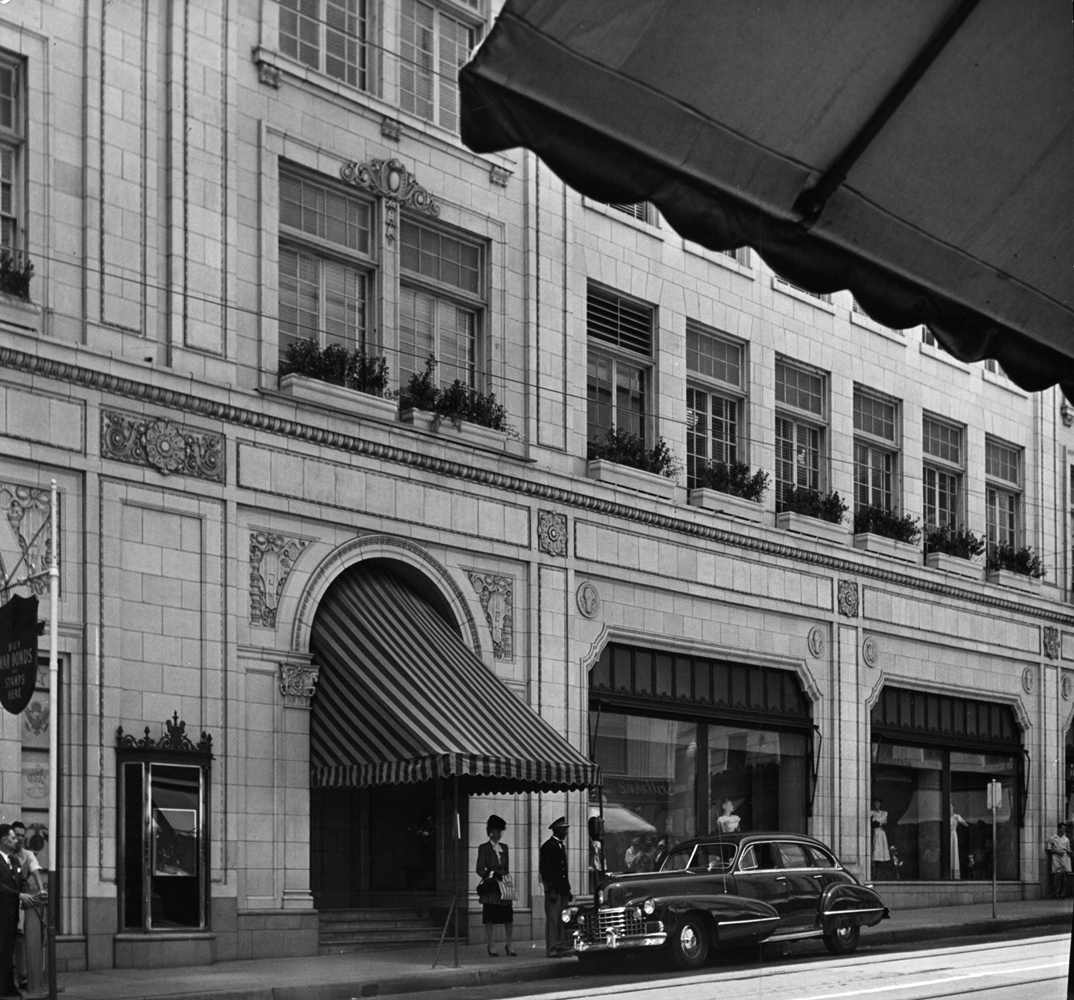
More Must-Reads from TIME
- Cybersecurity Experts Are Sounding the Alarm on DOGE
- Meet the 2025 Women of the Year
- The Harsh Truth About Disability Inclusion
- Why Do More Young Adults Have Cancer?
- Colman Domingo Leads With Radical Love
- How to Get Better at Doing Things Alone
- Michelle Zauner Stares Down the Darkness
Contact us at letters@time.com